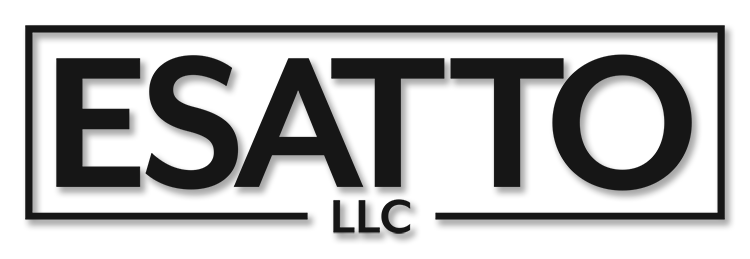Preparing files for press is another area where we are at the top of the field. With over 40 years of prepress experience, combined with the knowledge of how printing to paper actually happens, coupled with our experience with Adobe products, we have a serious advantage in supplying materials to press... that work.
Many people will remember film for cameras. Some might not know that the use of film in printing has mostly disappeared. In the recent past, film negatives were used to create printing plates. Now, the plates used in offset printing are created digitally, on what is bascially, a laser printer.
With the advent of printing with PDF, we are able to layer items and create very unique pieces, that would have been almost impossible with film. Some pieces we create are embedded with a pantograph, which is small dot / large dot copy protection.
The pantograph, supplied as a file, is placed into the document, like any other graphic or image. When printed, to the eye, the small and large dots blend together. When copied, the copier interprets the dot size difference correctly, producing a copy that clearly shows the protection feature.
The process of printing with a pantograph involves designing how it appears on the page. Will it span the entire page, or only certain parts? Is the printing to be one-color, two-, or more? What is the pantograph to show? These are the first questions. The material being printed is a determining factor in how to apply the feature.
Please contact us to discuss your needs.
We use pantographs created by Amgraf, Inc., who holds the patent on the process.
